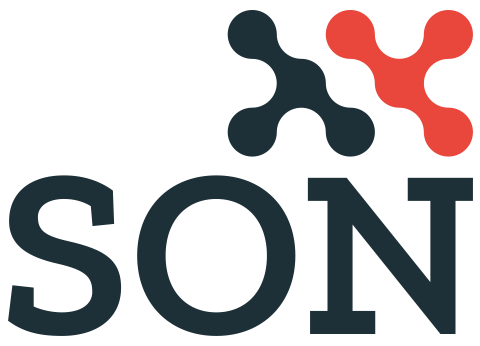
This week again, numerous updates on nanomaterials and nanoparticles have been featured in the press and online. We bring you a quick overview of Nano news this week. Ready? Let’s dive in!
Nanotoxicity of nanomaterials: A risk to the environment and human health?
Research conducted by the European Chemicals Agency (ECHA) and the European Observatory for Nanomaterials (EUON) highlights the risks associated with nanoparticles released into the environment. According to these studies, nanomaterials may, depending on their original matrix and usage conditions, develop increased toxicity compared to their initial forms. In particular, textiles containing silver nanoparticles, used for their antimicrobial properties, can release particles that are toxic to aquatic organisms. However, while environmental toxicity is acknowledged, the risks to human health appear limited: skin absorption of nanoparticles released in textiles is negligible, and available studies indicate non-irritability for human skin (source: EUON, 2022).
Polymers, in turn, can also release nanoparticles, especially during thermal treatments. Studies show that the toxicity of nanoparticles from polymers primarily depends on the type of polymer used and potential chemical transformations during release, particularly at high temperatures, which is notably the case for carbon nanotubes and graphene. These findings reveal the complexity of nanoparticle-related risks (as with macroscopic particles): their toxicity can vary not only by nature but also according to usage conditions.
The C’Nano Congress is back – Save the Date!
The C’Nano Congress will take place from March 18 to 21, 2025. Mark your calendar now. The speakers have just been announced. Find all the latest C’Nano updates here.
Global Silver Nanoparticles Market: Growth and Challenges
The silver nanoparticles market is experiencing rapid expansion, notably due to the antimicrobial properties of these nanomaterials. According to a recent study, these nanoparticles are widely used in food, healthcare, electronics, and biomaterials. Among their key properties, electrical conductivity and antimicrobial efficiency allow application across diverse fields such as biosensors, implants, tissue engineering, nanorobots, and nanomedicine.
These features make silver nanoparticles particularly attractive: the global market is expected to reach $7.73 billion by 2030, with a growth rate of 15% from 2022 to 2030 (source: Spherical Insights, 2024). To become fully viable for industry use, silver nanoparticles must meet the challenge of more energy-efficient and environmentally-friendly production.
Advances in Nanomedicine: The Case of Vaxinano and Nanoparticles in Vaccines
Vaxinano, a France-based biotechnology company, exemplifies innovative use of nanoparticles in the medical field. The company is developing a platform of nasal vaccines based on its Stellar-NP nanoparticle technology—a novel approach in combating infectious diseases. This technology enables effective targeting of difficult-to-eradicate pathogens, such as parasites, viruses, and bacteria. Vaccines developed by Vaxinano have demonstrated preventive and therapeutic efficacy across multiple species, including zoonotic diseases such as leishmaniasis and toxoplasmosis (source: PRNewswire, 2024). The company recently announced a €6 million funding round.

